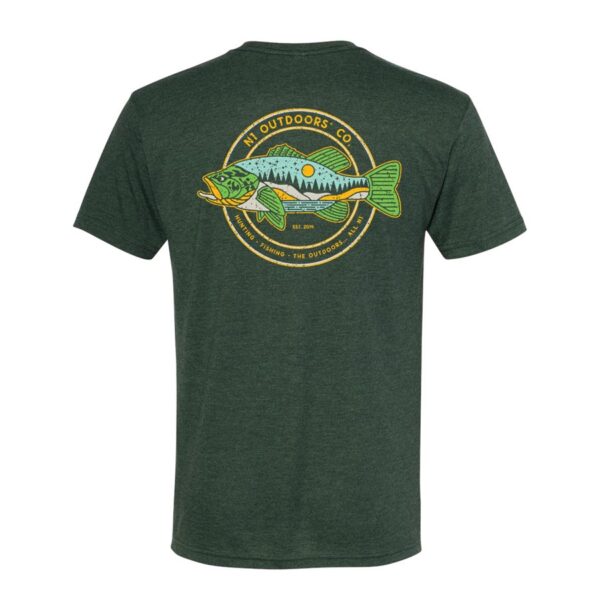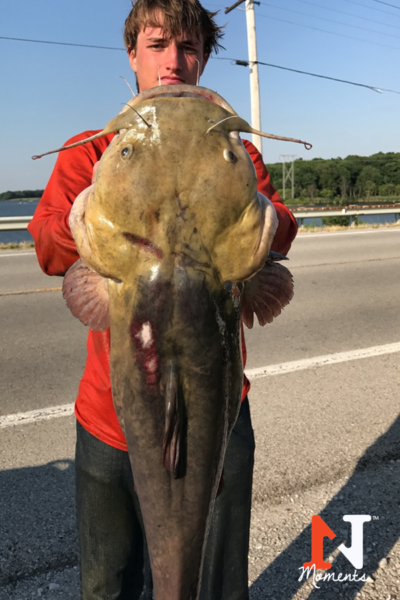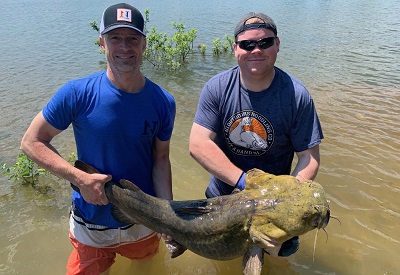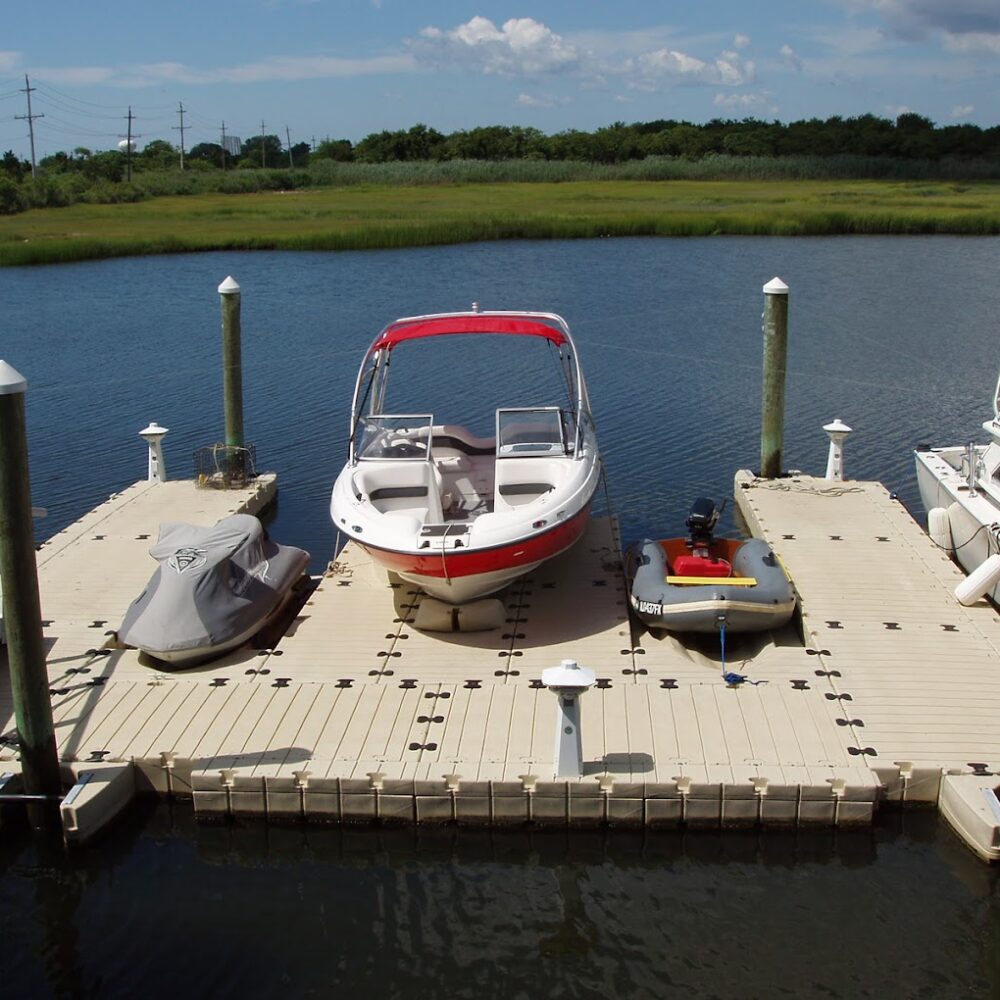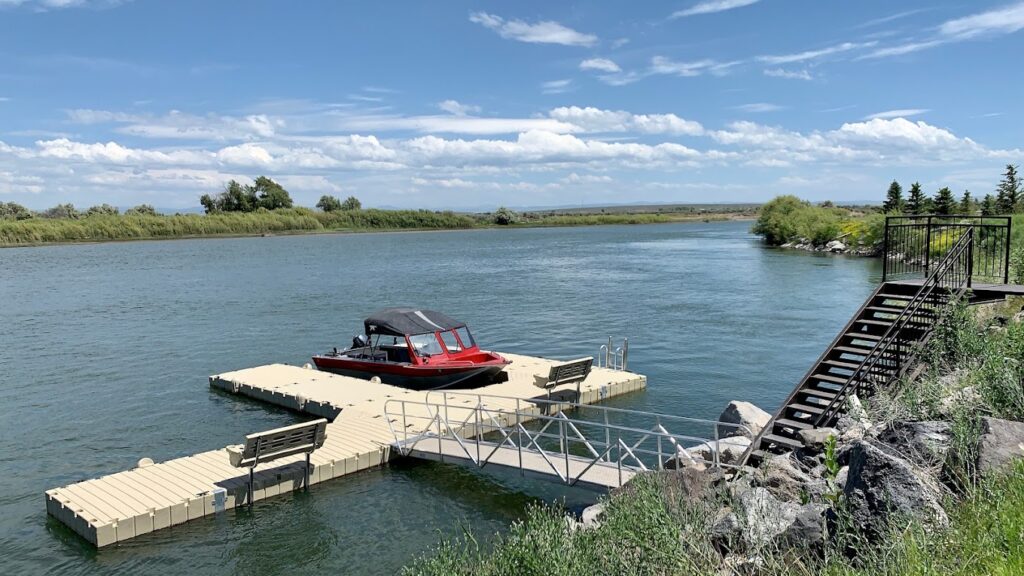Anyone who has ever been in the field or out on the water on a sunny day knows the importance of a good pair of sunglasses. And, for hunters and anglers who rely on prescription glasses for clear vision and eye protection, having polarized prescription sunglasses can be a game changer.
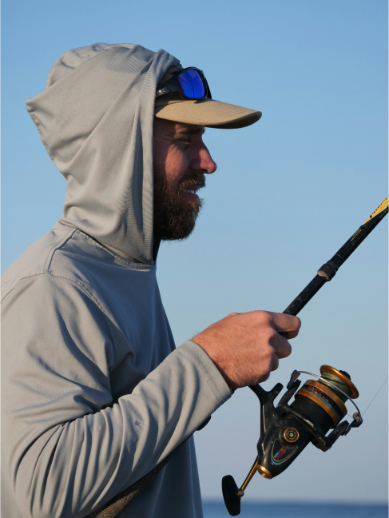
In this article, we’ll look at the characteristics of these sunglasses to, help you make the best choice to protect your eyes, as well as boost your performance. Doing so will highlight why polarized prescription sunglasses are a must-have for hunters and anglers alike.
For anglers, the glare of the water is no match as polarized sunglasses help to see clearly beyond the surface and spot fish. Similarly, hunters who need prescription glasses can leverage the advantages of polarized bifocal sunglasses to locate and track targets in the field.
But, what features should avid outdoorsmen look for when it comes to polarized prescription lenses?
The importance of polarized Rx Sunglasses
There are plenty of benefits of prescription sunglasses beyond vision enhancement in nature.
Have you ever squinted through the water’s shimmering surface, struggling to spot that elusive catch? While traditional sunglasses might offer some relief, prescription fishing sunglasses take it to the next level.
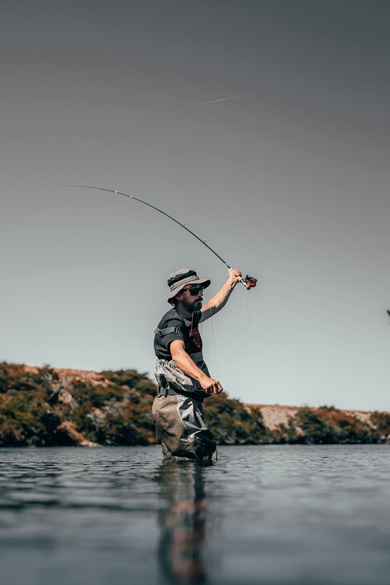
With prescription lenses tailored to your vision, and polarized lenses to cut through distracting glare, you’ll see fish and lures with exceptional clarity. It’s like having an underwater viewfinder, giving you the edge you need to make the perfect cast.
By reducing glare and enhancing contrast, they make it possible to see better and detect movements, whether it’s a largemouth bass swimming past your boat, or a buck taking cover in the bushes. Enhancing contrast is one of the essential sunglasses features that hunters and anglers should prioritize, because it helps to make things stand out more clearly against their backgrounds.
>> More great fishing shirts HERE!

It’s really quite simple; better contrast can boost your accuracy by making the difference between objects and their surroundings more obvious.
Try spotting an animal through thick brush and leave, or locating fish under the water’s surface with a cheap pair of non-polarized shades, and you’ll quickly realize it’s just much more difficult that not using polarized lenses.
Essential features for outdoor enthusiasts
Improved vision and clarity are among the most obvious benefits of polarized sunglasses, but polarized shades with RX lenses also greatly improve safety. You’ll more readily be able to see any rocks, stumps, or other obstacles onshore or in the water.
Plus, there’s no more fumbling as you switch between your regular sunglasses and prescription glasses. This adaptability ensures that you can maintain focus on your task without unnecessary interruptions. Talk about a great two-for-one!
Fortress Against the Elements
The sun isn’t your only adversary on the water. Wind, dust and flying hooks/lures can all pose a threat to your eyes. RX fishing sunglasses act as a protective shield, keeping your vision safe from debris and harsh UV rays. Many are also impact-resistant, providing an extra layer of security for those unexpected moments.
Protecting your eyes from UV rays isn’t just about comfort in the short term. Studies show that long-term sun exposure can increase the risk of cataracts and macular degeneration. By blocking 100% of UV rays, RX fishing sunglasses are an investment in your long-term eye health.
So, ditch the squinting and blurry vision. RX fishing sunglasses are the ultimate companion for any angler who wants to see sharper, fish longer and safeguard their precious gift of sight.



